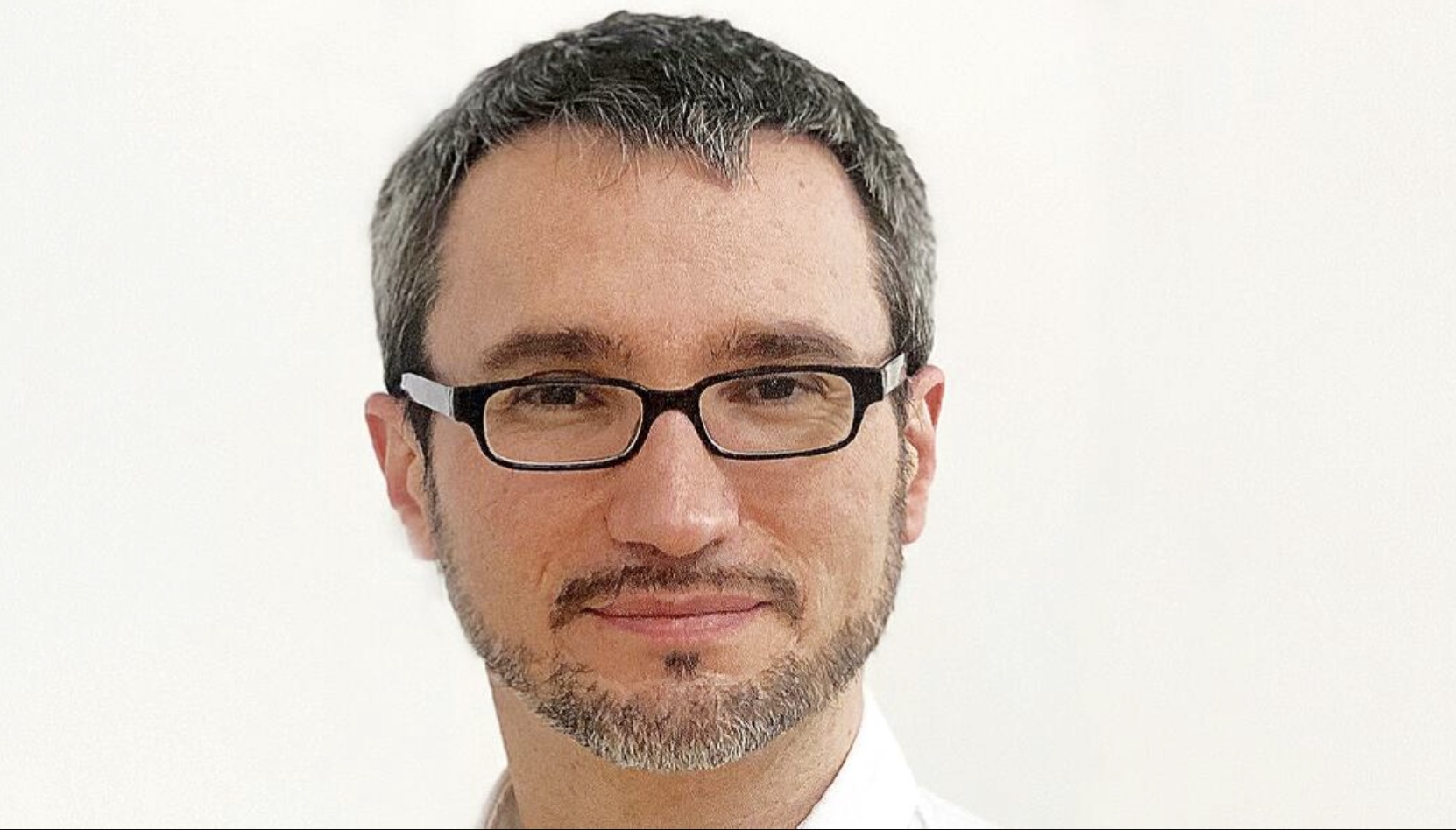Anesthesia
in Munich
at Munich Airport Clinic
Precise Anesthesia by an Experienced Team
In the anesthesia department of Munich Airport Clinic, all common anesthesia procedures are performed by our experienced anesthesia team, consisting of doctors and specialized anesthesia nurses. The applied anesthesia methods include general anesthesia (general anesthetics), various regional anesthesia techniques, and sedoanalgesia (“twilight sedation”).
The modern equipment in our anesthesia workstations, combined with the high level of expertise of our anesthesia team, ensures the highest level of safety in the monitoring and administration of anesthesia. As a patient, you will receive continuous care during your stay in the operating room, including transfer to the OR area, induction of an individually tailored anesthesia plan, monitoring of breathing, heart, and circulatory function during the procedure, and postoperative care in the recovery room.
WHAT WE OFFER?
Anesthesia Procedures
at the Munich Airport Clinic
At Munich Airport Clinic, general anesthesia is used for major surgical procedures to ensure that patients experience no pain, minimal movement, and no memory of the procedure. During anesthesia, patients are typically ventilated using a laryngeal mask or intubation with a ventilator.
Unlike general anesthesia, regional anesthesia keeps the patient awake and conscious, eliminating the need for artificial ventilation. This method blocks pain signals during surgical or medical procedures. Our anesthesiologists inject local anesthetics near specific nerves, preventing pain transmission to the central nervous system (nerve block). A specialized form of regional anesthesia is spinal anesthesia, performed by our team at Munich Airport Clinic for surgeries below the navel, in the pelvic area, or legs. In this procedure, local anesthetics are injected into the cerebrospinal fluid (CSF) around the spinal cord.
Sedoanalgesia combines the administration of a sedative to calm and relax the patient with an analgesic (pain-relieving) medication. This technique is commonly used for minor procedures or diagnostic examinations where general anesthesia is not required.
THE TEAM
Specialist
in Anesthesia

Dr. med. Matthias Skrzypczak
Chief Senior Physician in Anesthesia
